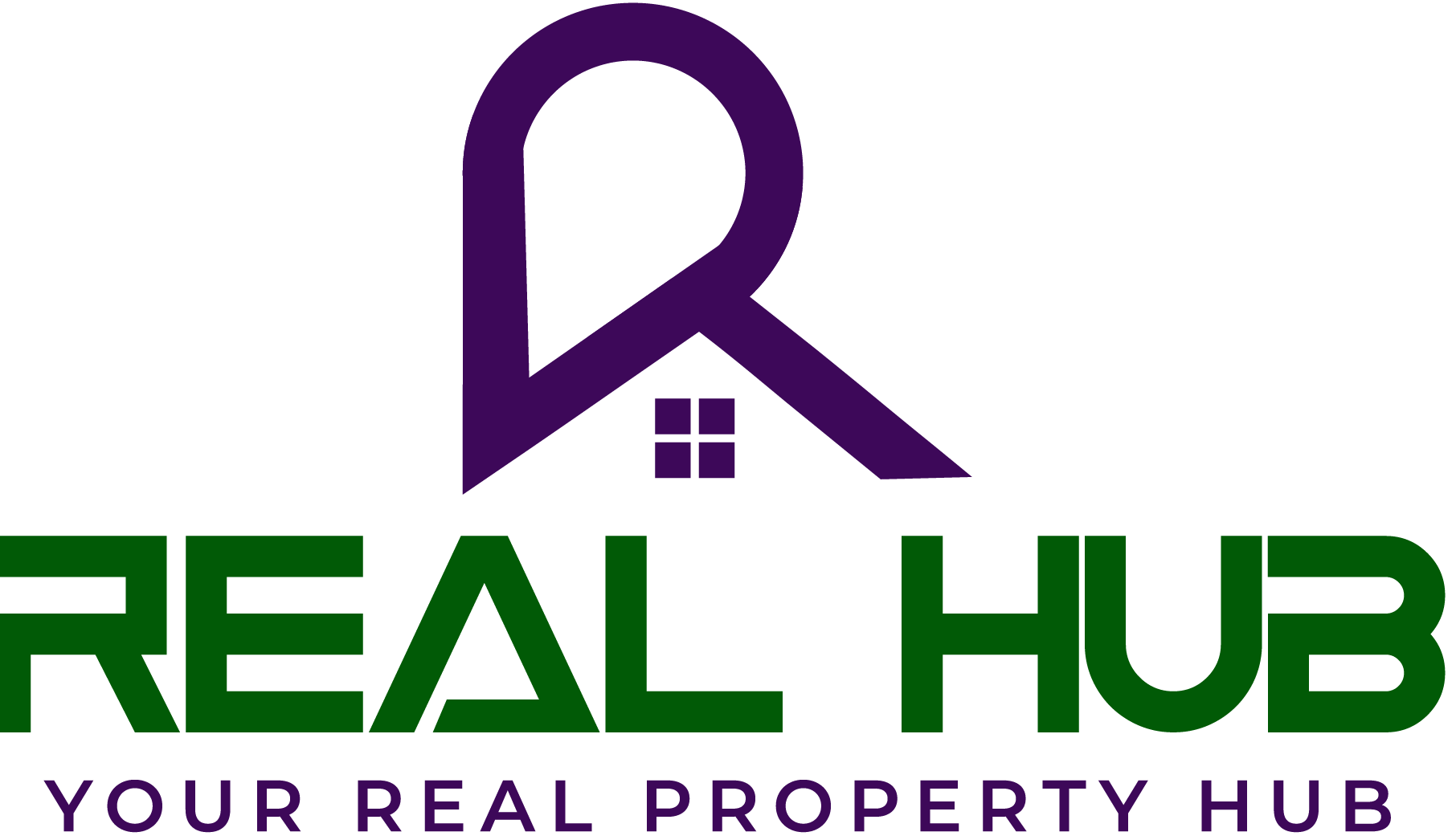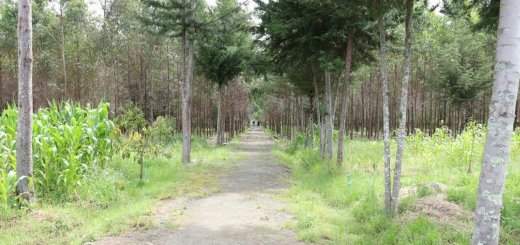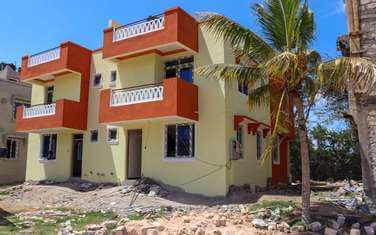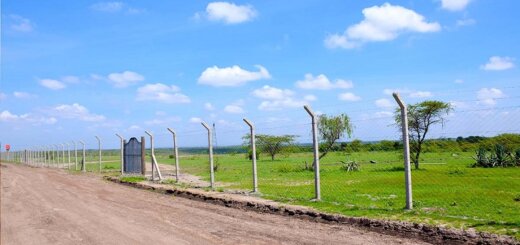Rural vs. Urban Property Investment: Unlocking Opportunities in Kenya in 2025
When considering property investments in Kenya, one of the most common decisions investors face is whether to invest in rural or urban areas. Both types of investments come with their own unique set of benefits and challenges, and with Kenya’s property market rapidly evolving in 2025, the discussion of Rural vs. Urban Property Investment has never been more relevant. Whether you’re an experienced investor or just entering the real estate sector, understanding the dynamics of both rural and urban property markets is key to making an informed and profitable decision.
Kenya’s real estate market has been growing steadily, fueled by a growing middle class, rapid urbanization, and increasing demand for both residential and commercial properties. However, in 2025, some new trends are emerging in both rural and urban areas that may change the way investors view each market. This article aims to explore these changes, comparing the two investment types, and offer insights into where the best opportunities lie for investors looking to make a move in Kenya’s property market in 2025.
The Urban Property Investment Landscape
Urban areas, particularly Nairobi, Mombasa, Kisumu, Nakuru, and Eldoret, continue to be at the forefront of property investments in Kenya. The rapid pace of urbanization and the rising demand for both residential and commercial spaces have made these cities prime targets for investors. As we enter 2025, the urban property market in Kenya remains strong, with substantial opportunities for those seeking immediate returns on their investments.
High Demand for Residential Properties
Urbanization is one of the primary drivers of the real estate market in Kenya. Nairobi, for instance, has seen rapid population growth, driven by both internal migration and international immigration. As more people move to the city in search of better job opportunities, education, and healthcare, the demand for residential properties increases.
In 2025, the demand for both affordable and luxury housing is expected to continue growing. Affordable housing is particularly in high demand, with the government’s “Affordable Housing Initiative” aimed at constructing 500,000 units by 2030. While this is a government-led initiative, private developers also have a significant role to play in meeting this demand. Investors who target affordable housing projects, especially in areas like Kiambu, Kajiado, and Machakos (suburbs of Nairobi), will find an expanding market with solid rental yields.
On the other hand, the demand for high-end residential properties in Nairobi’s central business district (CBD) and its upscale neighborhoods remains strong. With the growing number of wealthy professionals and expatriates, luxury properties continue to see good returns. Areas like Lavington, Westlands, and Karen are still in high demand for those seeking luxury homes with top-notch amenities.
Commercial Real Estate Booming in Cities
Kenya’s urban centers, particularly Nairobi, remain the focal point of commercial real estate activity. Over the last decade, Nairobi has transformed into a major commercial hub in East Africa, with multinational companies and startups flocking to the city. This has created a significant demand for office spaces, retail centers, and industrial properties.
In 2025, Nairobi’s office space market is expected to continue thriving, although there may be a shift in demand due to the growing trend of remote work. Flexible office spaces, coworking spaces, and hybrid working environments are becoming increasingly popular among businesses. Investors in commercial real estate should be mindful of this shift and look for opportunities in mixed-use developments that offer a combination of residential, commercial, and recreational spaces.
The retail sector also remains strong, especially in key malls and shopping centers in Nairobi, Mombasa, and Kisumu. As the middle class continues to expand, more consumers are turning to shopping malls and modern retail outlets. Commercial spaces for retail businesses are in high demand, especially in areas with good foot traffic and proximity to public transport.
Infrastructure Developments in Urban Areas
One of the primary factors influencing property values in urban areas is infrastructure development. In 2025, Kenya is set to see continued investment in infrastructure, particularly in urban areas. Road construction, public transportation, and other major projects are expected to increase the connectivity of key urban areas and boost the value of properties located near these developments.
For instance, the Nairobi Expressway, which is expected to be completed in 2025, will drastically reduce travel time between Nairobi and other parts of the city. Properties along this route are likely to see a significant appreciation in value. Similarly, the expansion of the Nairobi Railway Terminus and the upcoming Nairobi Metro Rail project will improve access to key neighborhoods, increasing demand for residential and commercial properties in those areas.
The increasing focus on sustainable development also plays a role in the growth of urban areas. Many new urban developments are being designed with eco-friendly features, such as solar panels, water recycling systems, and green spaces. These features are not only attractive to environmentally conscious buyers but also contribute to the long-term value of the properties.
Higher Rental Yields and Resale Values
One of the most attractive aspects of investing in urban properties is the potential for high rental yields and resale values. The demand for rental properties in cities, particularly Nairobi, is consistently strong, with a large portion of the population opting to rent rather than purchase homes.
The higher demand for rental properties in urban areas means investors can achieve attractive yields. In Nairobi, for example, rental yields for apartments in desirable neighborhoods can range from 6% to 8%, and in some areas, even higher. This makes urban property investments an attractive option for investors seeking regular income from rental properties.
Additionally, urban properties tend to appreciate at a faster rate compared to rural properties. This makes urban investments ideal for those seeking capital appreciation over the medium to long term. The combination of high rental yields and solid resale potential makes urban properties a safe bet for many investors.
The Rural Property Investment Opportunity
While urban property investments dominate the conversation, rural areas in Kenya are increasingly becoming viable options for investors. In 2025, rural areas are expected to witness substantial growth due to infrastructure development, government initiatives, and changing lifestyle preferences. The cost of land in rural areas remains significantly lower than in urban areas, which presents an opportunity for investors looking to capitalize on affordable land prices.
Affordable Land Prices in Rural Areas
One of the main attractions of investing in rural properties is the relatively low cost of land. Compared to urban areas, land prices in rural regions are much more affordable, allowing investors to purchase larger plots for the same price they would pay for smaller parcels in cities. This is particularly advantageous for those with limited capital or those looking to make long-term investments.
In addition to affordability, rural areas offer more room for large-scale development. Investors can acquire large tracts of land for agricultural projects, residential developments, or even commercial ventures. With the right vision, rural properties can be developed into profitable assets over time.
Growing Demand for Agricultural Land
Agriculture remains a cornerstone of Kenya’s economy, and rural areas offer abundant opportunities for agricultural investments. With the government’s emphasis on food security and rural development, agricultural land in Kenya is likely to become more valuable in the coming years. Investors in agricultural land can benefit from the growth of the agricultural sector, which is expected to receive continued support through subsidies, grants, and favorable policies.
As the demand for organic produce increases both locally and internationally, agricultural land in rural areas has the potential for high returns. Investors can also explore agro-tourism, which is growing in popularity in areas like Nanyuki, Naivasha, and Maasai Mara, where properties can be developed to serve both the agriculture and tourism sectors.
Emerging Rural Urbanization
The phenomenon of rural urbanization is gaining momentum in 2025. As the government focuses on developing infrastructure in rural areas, these regions are becoming more accessible and attractive for investment. New roads, electricity, water supply, and communication networks are all contributing to the growth of rural towns and villages.
This rural-urban migration is opening up opportunities for residential property developers who can cater to the growing population seeking more affordable housing outside major cities. As the demand for housing increases in these semi-urban areas, so does the potential for long-term capital appreciation. Rural properties that are well-positioned near newly developed infrastructure will see a rise in demand, providing attractive opportunities for investors.
Potential for Tourism Developments
Tourism is one of the fastest-growing industries in Kenya, and many rural areas are capitalizing on their natural beauty to attract tourists. Investors can look into developing properties that cater to the growing demand for eco-lodges, resorts, and tourist accommodations. Locations near wildlife reserves, national parks, and conservation areas are particularly well-suited for tourism development.
In 2025, rural tourism is expected to continue its growth trajectory, with more international tourists seeking off-the-beaten-path destinations. Investors who capitalize on this trend by developing tourist-oriented properties can expect substantial returns.
Comparing Rural vs. Urban Property Investment in 2025
To fully understand the opportunities presented by Rural vs. Urban Property Investment, it’s important to weigh the pros and cons of each. Here, we compare several key factors that will influence your decision.
Risk and Return on Investment

Rural vs. Urban Property Investment
Urban areas generally offer higher returns in terms of both rental yields and capital appreciation. However, these returns come with higher risks, such as higher competition, regulatory hurdles, and volatile market conditions. Rural areas offer lower entry costs and less competition, but they also tend to have slower returns on investment.
Market Liquidity
Urban properties are more liquid due to the larger market size and higher demand. Rural properties, on the other hand, are less liquid, meaning it may take longer to sell them. If you’re looking for a quick exit strategy, urban properties are the better choice. However, if you’re in for the long haul, rural properties offer good growth potential.
Government Policies and Incentives
Government policies play a significant role in shaping the real estate landscape in both rural and urban areas. In 2025, the Kenyan government is expected to continue investing in rural infrastructure, which will enhance the attractiveness of rural property investments. Urban areas, on the other hand, will likely see increased regulation as governments strive to manage growing populations and development.
Conclusion: Making the Right Investment Choice in 2025
In conclusion, both Rural vs. Urban Property Investment offer unique opportunities for investors in Kenya in 2025. Urban areas continue to attract the majority of investors due to higher returns, demand for residential and commercial properties, and better infrastructure. However, rural areas are becoming increasingly appealing due to affordable land prices, government initiatives, and the potential for long-term growth.



